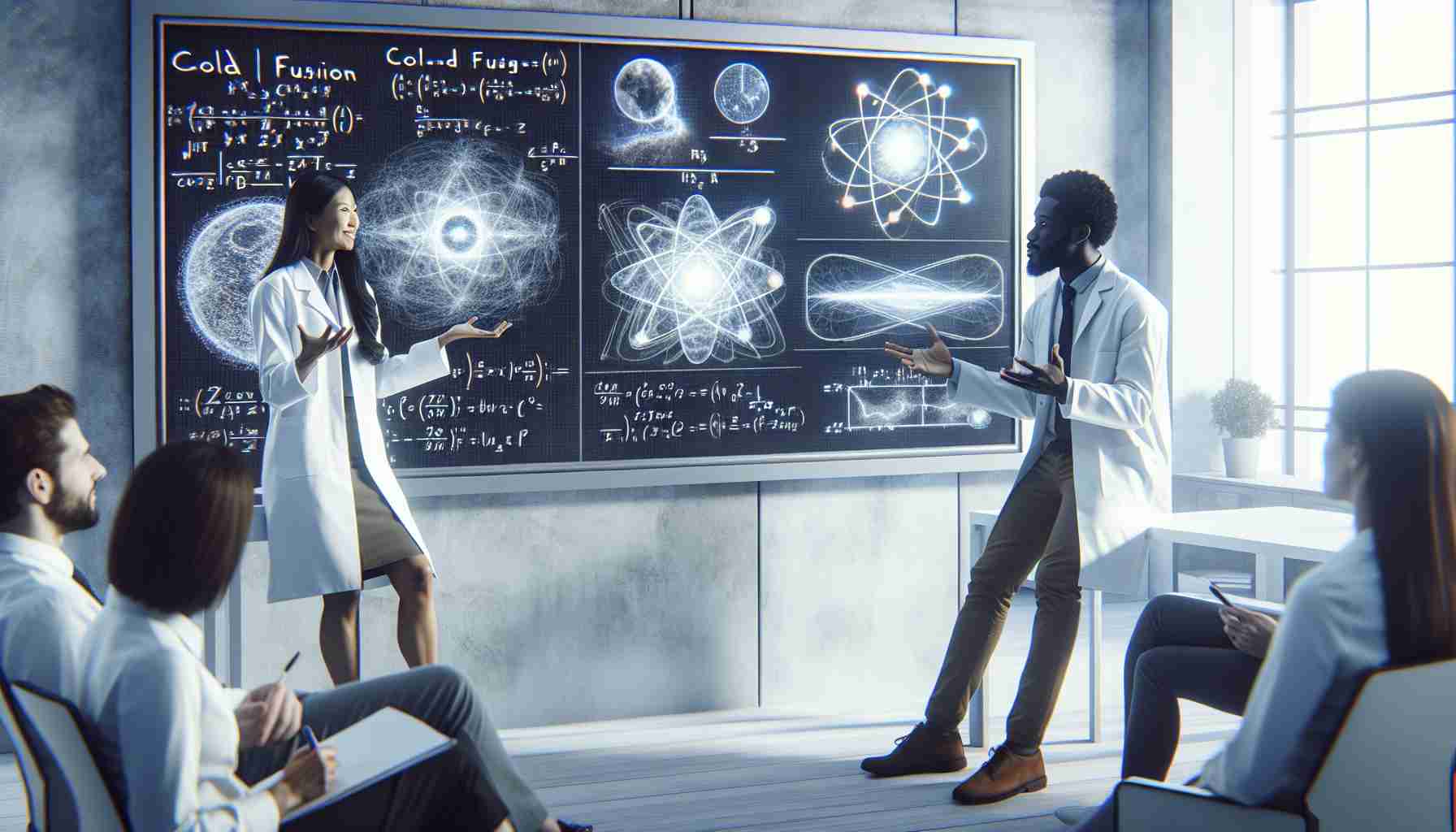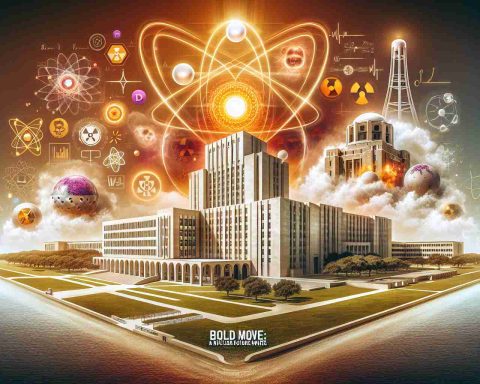- Cold fusion, or low-energy nuclear reactions (LENR), is a controversial topic in energy innovation with divided expert opinions.
- Proponents believe LENR could transform energy production and reduce fossil fuel dependence.
- Critics label cold fusion as a pseudo-scientific theory, adding to the skepticism surrounding it.
- A middle ground suggests rigorous scientific inquiry and open-minded exploration are essential for progress in LENR research.
- Teams like MIT’s, under the US Department of Energy, are actively investigating LENR experiments.
- Collaboration, exemplified by projects like EU’s CleanHME, is crucial for advancing LENR as a sustainable energy source.
- Addressing climate change might hinge on embracing innovative solutions like cold fusion.
In the realm of energy innovation, cold fusion—also known as low-energy nuclear reactions (LENR)—has stirred a heated debate among scientists, igniting both hope and skepticism. On one side, a Nobel laureate boldly claims that the era of cold fusion is upon us, asserting that reliable LENR could revolutionize energy production and free us from fossil fuel dependency. However, a counterpoint emerges from another expert, who labels cold fusion as a mere “pseudo-scientific fringe theory,” dismissing it without elaboration on his doubts.
Despite the polarizing opinions, it appears a middle ground exists. Advocates for LENR emphasize the necessity for rigorous scientific methodology when exploring this promising field. They stress that while skepticism is vital, an open-minded approach could unveil groundbreaking technologies. In fact, a dedicated team of MIT researchers, supported by the US Department of Energy’s Arpa-E program, is diligently replicating and analyzing significant LENR experiments, guided by the insights of leading experts.
Cold fusion could be the key to unlocking new, sustainable energy sources, especially as the world grapples with climate change. Yet, to harness its potential, scientists urge a shift in approach—less name-calling, more investigation. As collaborative projects like the EU-funded CleanHME develop, it’s clear that dismissing this research as frivolous could prove detrimental.
In a time when innovative energy solutions are crucial, embracing the possibilities of LENR could lead us toward a sustainable future. Will the scientific community rise to the challenge, or let skepticism overshadow the potential for progress? The verdict remains to be seen, but cold fusion may just be worth exploring.
The Future of Energy: Is Cold Fusion the Game Changer We’ve Been Waiting For?
The Promise and Challenges of Cold Fusion (LENR)
Cold fusion, or low-energy nuclear reactions (LENR), has consistently been at the forefront of energy innovation debates. While some experts herald its potential to revolutionize energy production, others are firmly unconvinced. Recent developments, however, indicate that there is a substantial amount of serious research and optimism surrounding the field, bringing both hope and caution.
Key Innovations in Cold Fusion Research
1. Advanced Experimental Techniques: Recent breakthroughs in experimental gravitation have improved the sensitivity of detecting LENR events, allowing researchers to gather more reliable data.
2. Collaborative Efforts: Significant international collaborations, such as those spearheaded by MIT and supported by the US Department of Energy’s Arpa-E program, have begun carefully replicating and studying valid LENR experiments to determine their viability.
3. Funding and Institutional Support: There has been an increase in funding for LENR research, emphasizing the importance of rigorous scientific methodologies in exploring its potential.
Future Market Estimates
Market forecasts indicate that if LENR technology is successfully developed, the global market for LENR-based energy solutions could reach billions of dollars within the next few decades, providing an alternative to fossil fuels that is both cleaner and sustainable.
Pros and Cons of Cold Fusion
– Pros:
– Potential for limitless clean energy.
– Reduction in dependence on fossil fuels.
– Low environmental impact.
– Cons:
– Skepticism from the mainstream scientific community.
– Current technology remains largely unproven and experimental.
– Potential for misallocation of resources in research.
3 Important Questions about Cold Fusion
1. What are the current limitations of LENR technology?
– LENR technology is still in experimental stages, facing challenges with reproducibility and validation of experimental results. The mainstream scientific community has not yet reached a consensus on its viability, which hinders funding and development.
2. How could LENR impact global energy policies?
– If LENR becomes a viable energy source, it could reshape energy policies globally by reducing fossil fuel dependency and addressing climate change, driving investments and regulations favoring clean energy technologies.
3. What further research is needed to validate LENR?
– Comprehensive, replicable experimental studies with transparent methodologies need to be conducted, along with a willingness among skeptics to review potential breakthroughs critically. Collaboration between LENR researchers and traditional nuclear physicists could bridge gaps in understanding.
New Trends and Insights
The trend toward sustainable energy solutions has sparked renewed interest in cold fusion research. As climate change becomes an increasingly pressing issue, researchers advocate for open-minded exploration of LENR’s potential. Several private companies are now entering the LENR space, paralleling increased academic interest. This dynamic may foster an environment where LENR could coexist alongside other renewable energy technologies.
Related Links
For further information on cold fusion and its implications for energy innovation, visit Science Daily for the latest updates and research outcomes.
The source of the article is from the blog macholevante.com
















